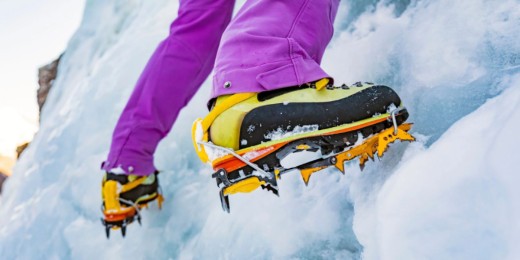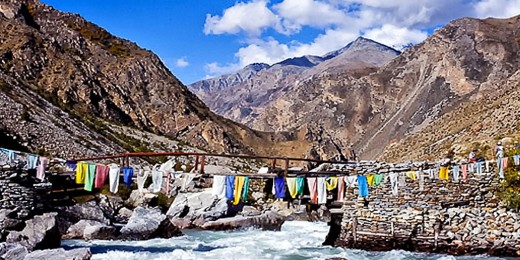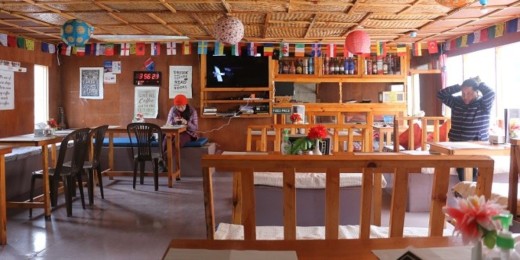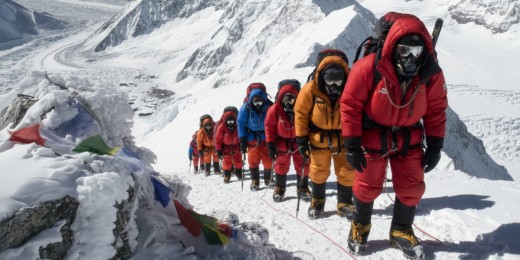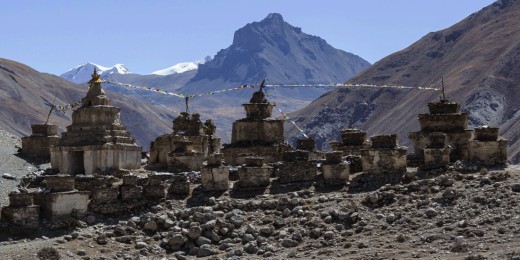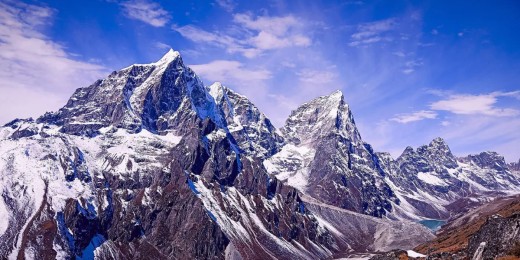Mera Peak in Winter: A Silent Adventure Above the Clouds
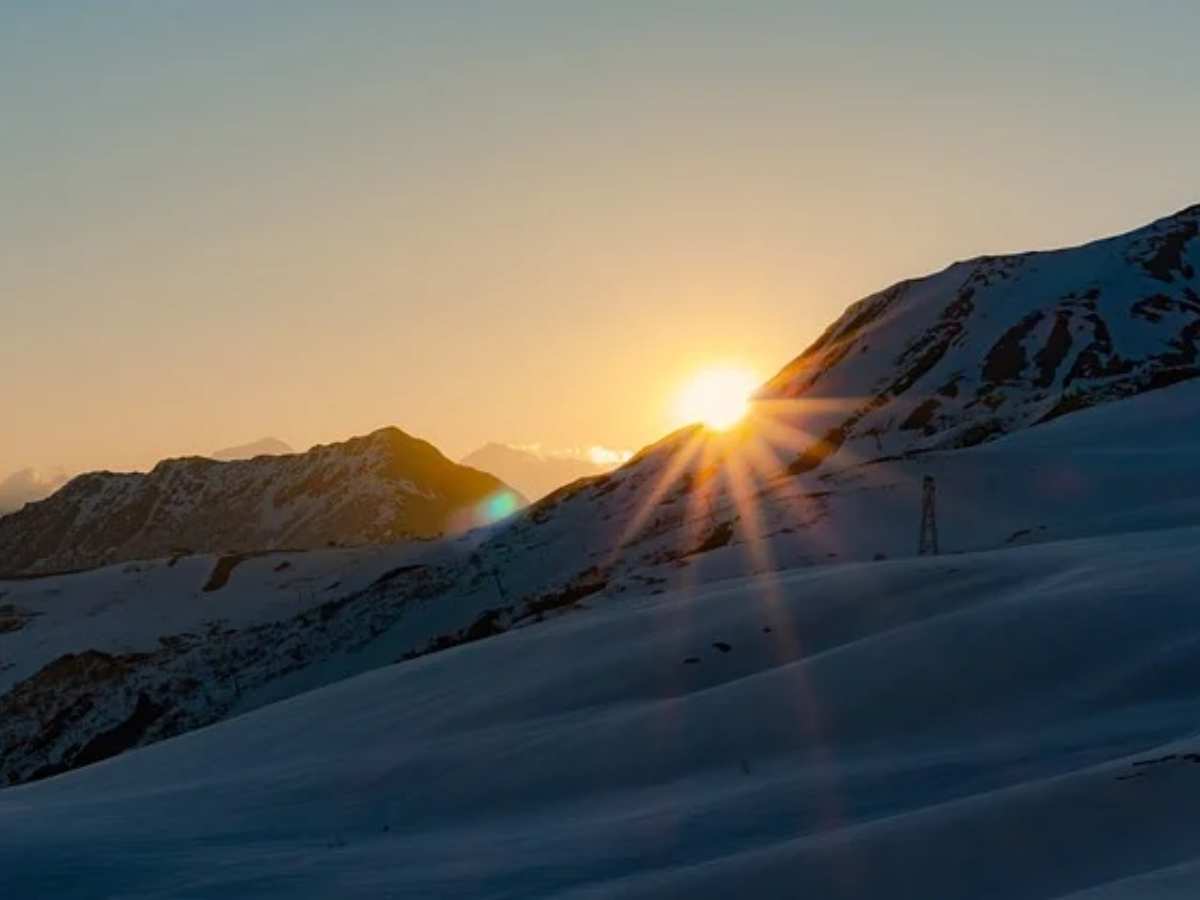
Mera Peak, standing at 6,476 meters, is Nepal's highest trekking peak and a coveted destination for mountaineers seeking a blend of adventure and serenity. While spring and autumn are popular for trekking, winter offers a unique experience for those daring enough to embrace its challenges. This blog delves into what makes winter ascents of Mera Peak both enchanting and demanding.
The Allure of Winter Expeditions:
1. Pristine Snow-Covered Landscapes
Winter transforms the Everest region into a breathtaking winter wonderland. The trails are blanketed in fresh snow, and the air is crisp, offering unparalleled views of the surrounding peaks. The solitude of the season allows trekkers to experience the Himalayas in their most serene state.
2. Clear Skies and Enhanced Visibility
January and February are characterized by clear skies and stable weather conditions. These months offer excellent visibility, providing climbers with unobstructed views of towering giants like Everest, Lhotse, and Makalu Sherpa Expedition Teams.
3. Solitude on the Trails
Winter sees fewer trekkers on the route, allowing for a more peaceful and introspective journey. The lack of crowds means quieter teahouses and campsites, offering a more intimate connection with nature.
Challenges of Winter Climbing
1. Extreme Cold
Temperatures during winter can plummet to as low as -24°C in February Alpine Ramble. Such cold conditions require climbers to be well-prepared with appropriate gear to prevent frostbite and hypothermia.
2. Heavy Snowfall and Avalanches
The accumulation of snow can lead to deep snow conditions, making trails slippery and challenging to navigate. Avalanche risks are heightened, necessitating caution and awareness of the terrain Langtang Treks.
3. Limited Daylight Hours
Winter days are shorter, providing less daylight for trekking and climbing. This necessitates careful planning to ensure safe travel and timely arrival at campsites.
Preparation Tips for Winter Climbers
- Physical Conditioning: Engage in endurance and strength training to prepare for the physical demands of high-altitude climbing.
- Acclimatization: Allow adequate time for acclimatization to reduce the risk of altitude sickness.
- Proper Gear: Invest in high-quality, insulated clothing, and equipment designed for extreme cold.
- Experienced Guides: Hire experienced guides familiar with winter conditions to ensure safety and provide valuable insights.
Cultural Encounters Along the Trail
The journey to Mera Peak offers opportunities to immerse oneself in Sherpa culture. Winter treks allow for interactions with local communities, providing insights into their traditions and way of life. The warmth and hospitality of the Sherpa people add a rich cultural dimension to the adventure.
Climbing Mera Peak in winter is not for the faint of heart, but for those prepared to face its challenges, the rewards are immense. The combination of pristine landscapes, clear skies, and cultural immersion makes it a unique and fulfilling experience. For seasoned adventurers seeking a silent adventure above the clouds, winter ascents of Mera Peak offer an unforgettable journey into the heart of the Himalayas.

